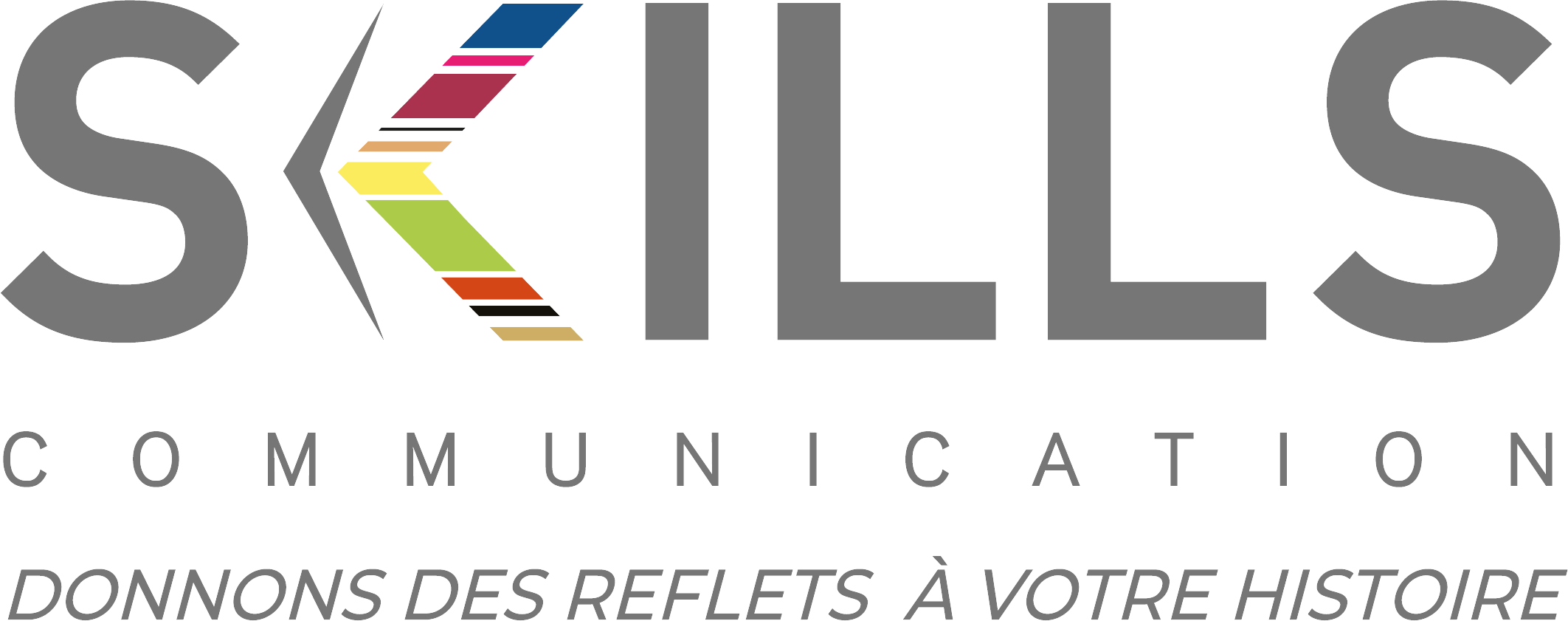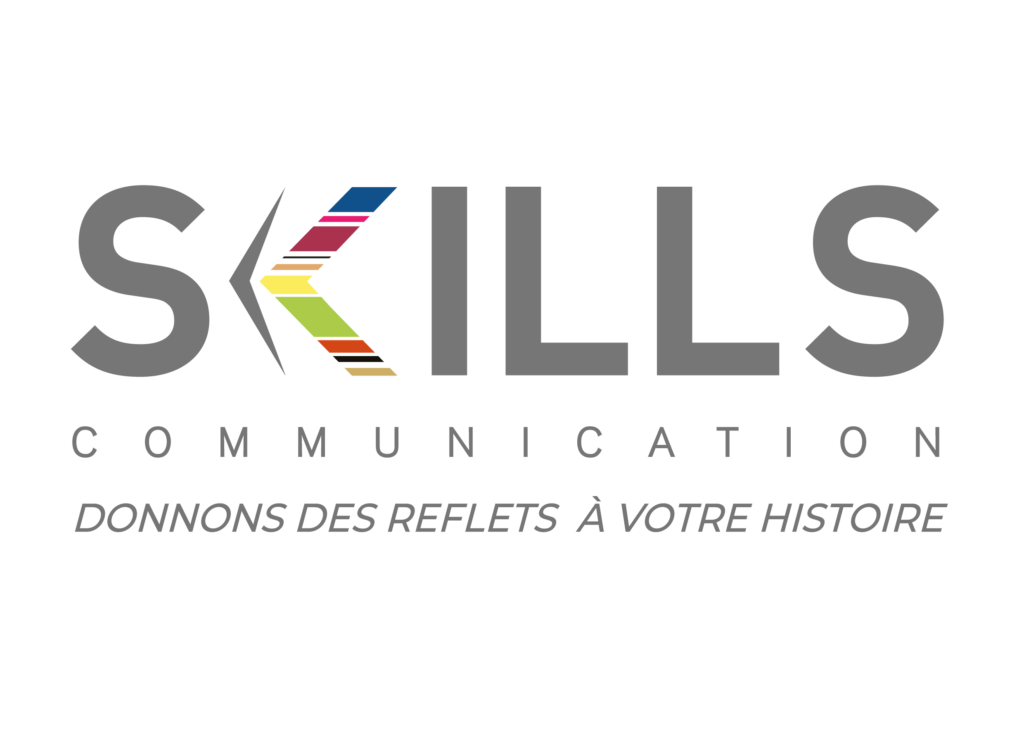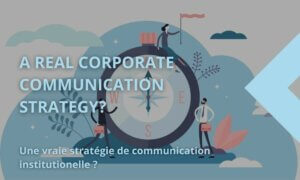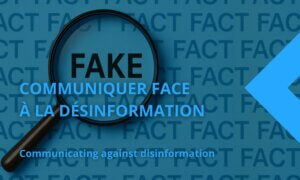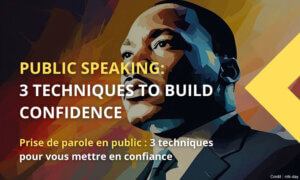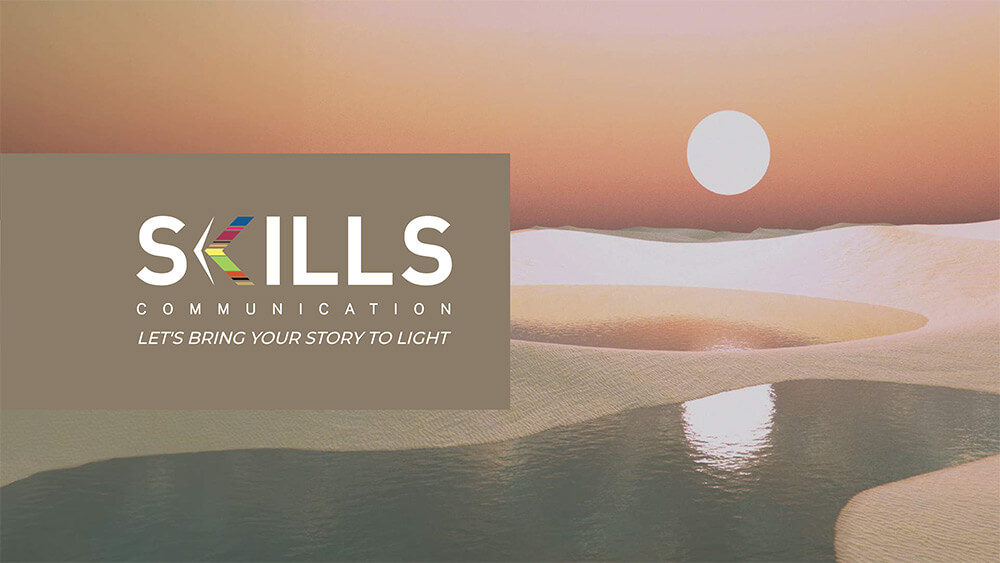We often wonder about the usefulness of a newsletter, given the effort required to set one up. And yet some companies even send out several (one for each business division) without always measuring their results.
Others, on the other hand, procrastinate, not knowing how to build a newsletter and whether they will have the necessary material to keep it going over time.
And yet the newsletter is an important part of a company’s corporate communications, and one that is still attracting large audiences. It can also be a highly effective marketing tool to generate qualified leads.
Your silence gives way to your competitors
But it must be built and distributed in keeping with a certain number of rules that will ensure its success. In today’s increasingly mobile communications world, information is consumed online. If your competitors are regularly in the news, you need to occupy the space to ensure that your brand remains present in people’s minds.
The newsletter is therefore an efficient way to ensure that your brand is recognised by your priority target audiences. It allows you to regularly communicate examples of your expertise, your commitments and your differentiation, while reminding your contacts that you are active. The silence of some brands raises doubts about the reality of their activity.
Two questions need to be asked before launching your newsletter, or revitalising an existing one: What image do you want to develop? Which key target audience are you aiming to reach?
These two questions are essential, because they will guide the design and development of your newsletter, in terms of content organisation, form and tone.
Let’s clear up a doubt often raised by those hesitating: will we have enough to say? Once the essential questions have been answered, you will find that there is a wealth of experience and achievements in the company that deserve to be shared with your customers. Your letter can even become a motivational tool for your teams, who will want to showcase their know-how, which is sometimes insufficiently promoted internally.
Disseminate your brand’s values
But how do you answer the essential question of the image you want to convey to your readers? This goes beyond the expertise you offer. You need to think about the attributes that correspond to your brand, and that you would like your customers to remember: innovation, commitment, growth, international, vision, inspiration, responsibility… Here are some examples of values, among which you may find the ones that grow your teams and represent your brand.
Next comes the question of the priority audience target(s). If there are multiple target audiences, the letter could be structured in different chapters. Some generic for all audiences, others more customised and therefore positioned on the front page depending on the recipient. It’s vital that readers realise at first glance that the document is designed for them. The language, codes, themes, colours and visuals must reflect their daily lives.
All the rules for success that follow are in fact only means to an end, whereas the two points above represent the essence of your client letter’s success.
In practical terms, to optimise the impact of a newsletter, SKILLS recommends a few basic rules: Interesting content, an engaging tone, a short, visual format and very regular frequency.
A content of interest
You know your customers and prospects, you know what they regularly hear everywhere and what they don’t want to hear (self-promotion). You know what they understand and what they want to decrypt. You know how much time they don’t have, what will be of use to them and what will distract them. Finally, you have chosen the values that should be conveyed in each part of your letter. Based on what’s going on in your sector and in your business, you can easily choose the topics to cover in each issue. Make sure you keep your content simple and educational. Everyone reading your letter, should eventually be intrigued, surprised or impressed by its content. Also, to ensure rapid distribution and ease of conception and reading, it is advisable to follow a fixed content structure and prepare an editorial calendar in advance.
A personal tone without fear of disagreeing
A common idea in communications says that form is as important as content. Let’s start with your tone. Through the headlines of each article, or the quotes in the margins, you seek to imprint your brand identity. The one that corresponds to the values you want to represent. It is through this prism of values that you should approach each of the subjects in your newsletter. These same values could be used to structure the newsletter by chapter, but this would run the risk of becoming a little boring over time. Instead, we recommend spreading them out, subtly in the themes addressed, the illustrations and the vocabulary.
But above all, remember that your tone is your personality, and you need to assert it. Too many brands, at the risk of displeasing some of their audience, end up pleasing no-one. Seeking to interact with your audience is also a very good way of engaging them by asking questions and getting them to react.
A short and visual format
A newsletter should be short and dynamic. If it is sent by email, we will opt for the size of a clickable news page, in order to avoid scrolling and make an impression as soon as the page is displayed. For a printed newsletter, it may be longer, but a transversal reading should make it possible to grasp all the topics swiftly.
It will be highly visual, with illustrations, photos, graphs, videos and a distinctive graphic style to reflect your personality. We’ll show the interviewees’ faces and punctuate the letter with key figures and “key take aways”.
For a digital newsletter, only the headline and caption will be visible, with a “call to action” that will allow readers to discover more instructive details, while offering a contact to continue the exchange.
Periodicity must be strictly respected
To be followed and to convey your values to your audience, a newsletter needs to be seen very regularly and to be expected for its content. You can assume that one out of two times, your readership will not have seen your newsletter or will not have had the time to read it. A newsletter should therefore be published at least once a month. We therefore prefer regularity (with distribution at a specific time) to length of content.
In addition to the basic rules mentioned above, we can also guide you on the design of the content, the mix of formats (sound, video, infographics, illustration, text, etc.), the management of the editorial calendar, the technical construction of the distribution tool, and the measurement and analysis of the audience.
The experience of the SKILLS DirComs in working with major groups and well-known market influencers gives us a 360° view of your business areas and all the communication tools available. We can help you assess your situation and prepare your future newsletter or improve the impact of the existing one.
